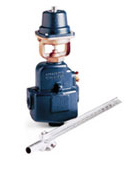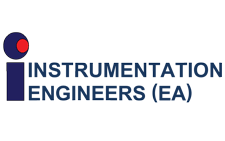 Humidification is simply the addition of water to air. However, humidity exerts a powerful influence on environmental and physiological factors. Improper humidity levels (either too high or too low) can cause discomfort for people and damage many kinds of equipment and materials. Conversely, the proper type of humidification equipment can help you achieve effective, economical and trouble-free control of humidity. Dry air can cause a variety of costly, troublesome and sometimes dangerous problems, especially when you are processing or handling hygroscopic materials such as wood, paper, textile fibers, leather or chemicals. Dry air or fluctuating humidity can cause serious production problems and/or material deterioration. Dry air can also adversely affect hygroscopic materials in museums, schools, banks, churches and office buildings.
Humidification is simply the addition of water to air. However, humidity exerts a powerful influence on environmental and physiological factors. Improper humidity levels (either too high or too low) can cause discomfort for people and damage many kinds of equipment and materials. Conversely, the proper type of humidification equipment can help you achieve effective, economical and trouble-free control of humidity. Dry air can cause a variety of costly, troublesome and sometimes dangerous problems, especially when you are processing or handling hygroscopic materials such as wood, paper, textile fibers, leather or chemicals. Dry air or fluctuating humidity can cause serious production problems and/or material deterioration. Dry air can also adversely affect hygroscopic materials in museums, schools, banks, churches and office buildings.
In dry atmospheric conditions static electricity can interfere with efficient operation of production machinery, computers and other office machines. Where static-prone materials such as paper, films, computer disks and other plastics are handled, dry air aggravates the static problem. In potentially explosive environments, dry air and its resultant static electricity can be extremely dangerous. Armstrong has been sharing know-how in humidification applications since 1938. Through the design, manufacturing and application of humidification equipment, Armstrong has led the way to countless savings in energy, time and money. To download a free white paper, titled “Humidification Design Checklist”, please click HERE. Armstrong’s Humid-A-ware™ humidification sizing and selection software takes the guesswork out of sizing and specifying industrial and commercial humidifiers. It is available as a free download on the Product Selection Software and Training section of this site. To learn more about Armstrong’s conditioned steam, steam-to-steam, electric steam, gas-fired steam, compressed air fogging system humidifiers and High Pressure atomization make a selection from the menu on this page.
 Kenya |
Kenya |  Rawanda |
Rawanda |  Tanzania |
Tanzania |  Uganda
Uganda
